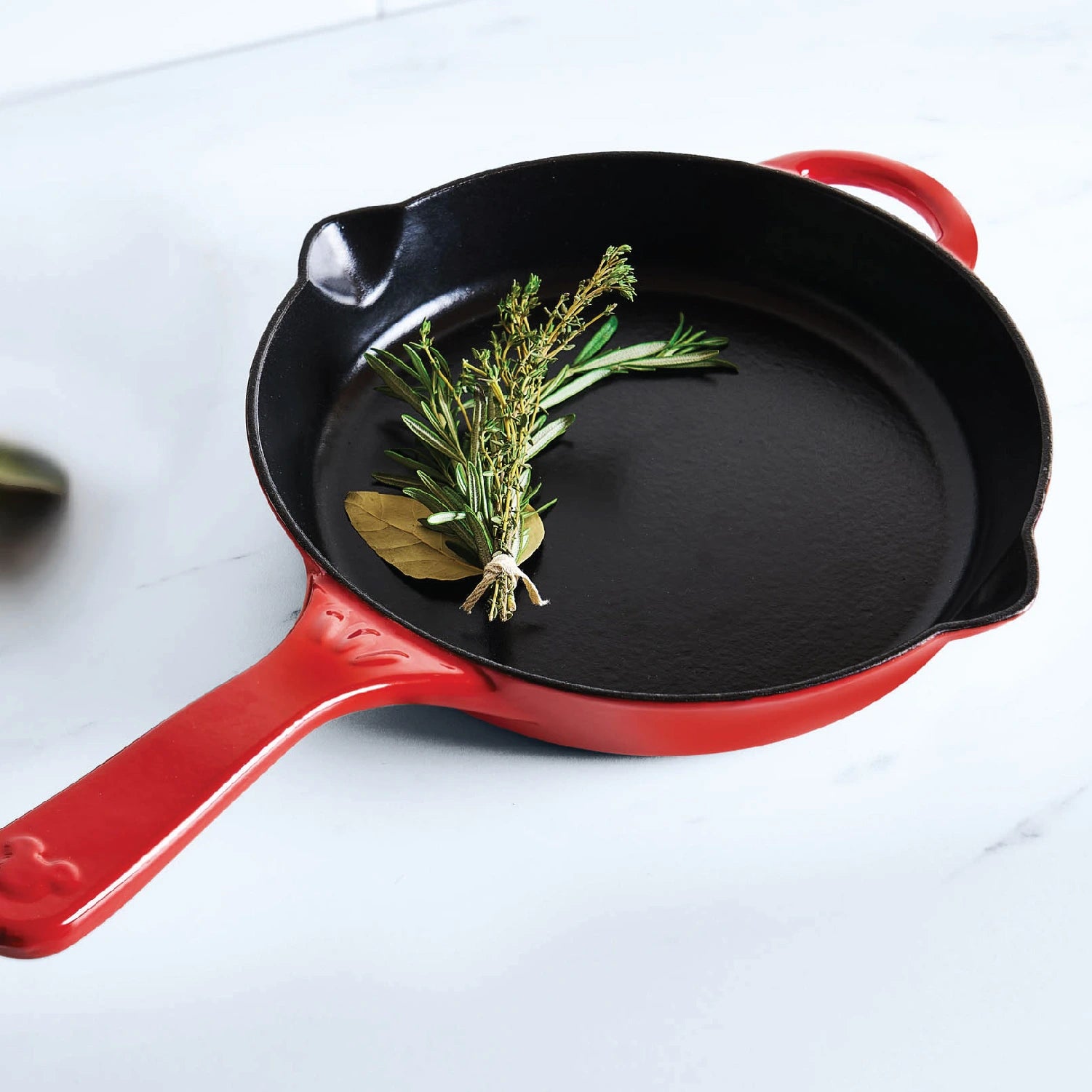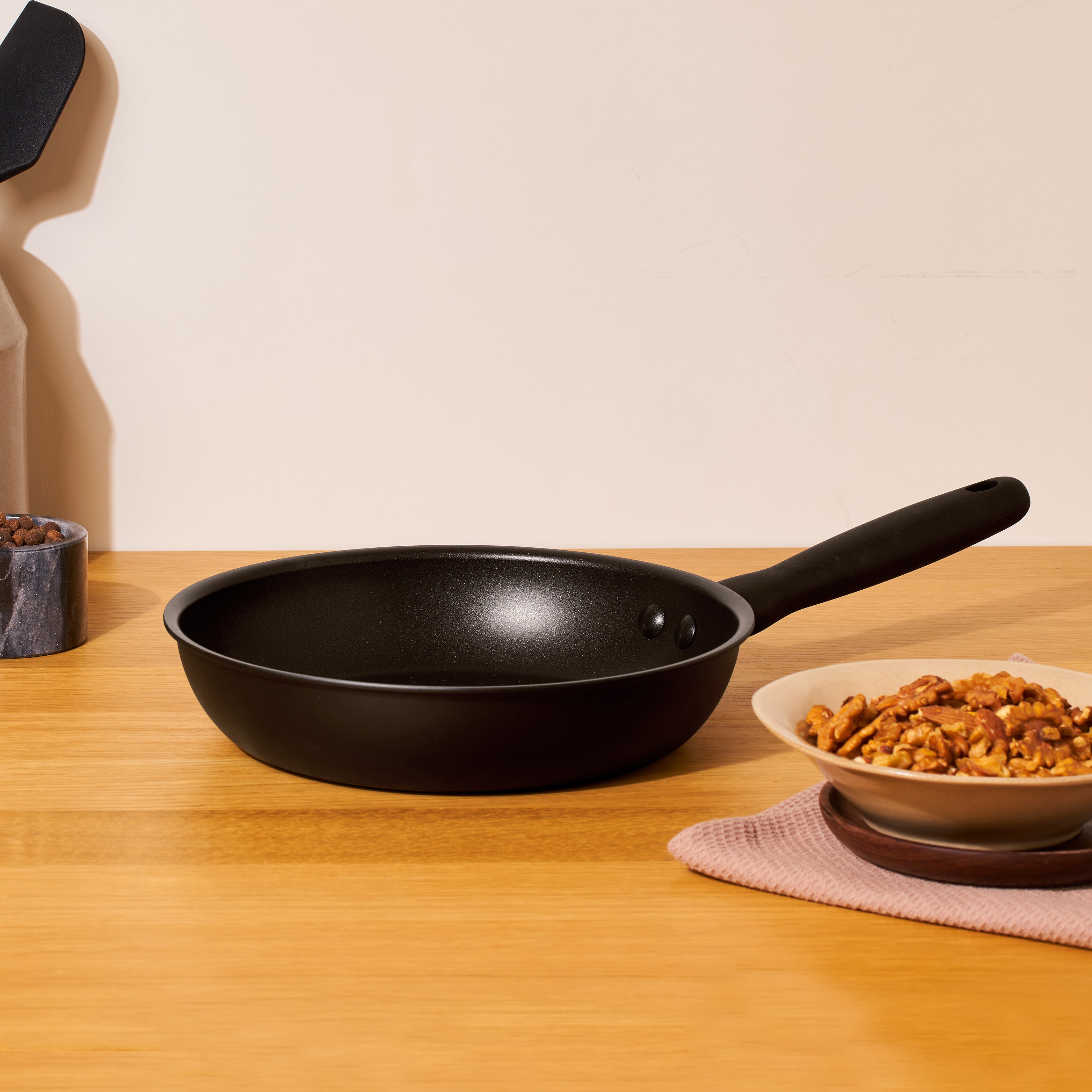Cauliflower stands out as a versatile and nutritious winter vegetable, offering a multitude of health benefits and culinary possibilities. Packed with essential nutrients like vitamin C, vitamin K, folate, and fiber, cauliflower serves as a nutritional powerhouse, particularly valuable during the colder months. Its high vitamin C content supports the immune system, helping combat seasonal illnesses. Moreover, its adaptability in the kitchen allows for various cooking methods—roasting, steaming, mashing, or even transforming into rice—making it a versatile ingredient in diverse recipes. Low in calories and carbohydrates, yet rich in nutrients, cauliflower contributes to hydration, digestive health, and overall wellness. Its seasonal availability adds to its appeal, ensuring freshness and quality. Whether as a hearty main dish, flavorful side, or creative substitute in recipes, cauliflower stands as a stellar choice for enhancing nutrition and culinary experiences during winter.
Table of Contents
What Is Cauliflower & Its Uses?
Cauliflower is a cruciferous vegetable belonging to the Brassicaceae family, which also includes broccoli, kale, and cabbage. It's characterized by a compact head composed of undeveloped flower buds, surrounded by thick, green leaves.
Here are some details about cauliflower and its uses:
- Nutritional Profile: Cauliflower is a nutrient-rich vegetable, containing vitamins C, K, and B vitamins, as well as folate, potassium, fiber, and various antioxidants. It is low in calories and carbohydrates, making it a popular choice for those on low-carb or calorie-restricted diets.
- Versatility in Cooking: Cauliflower is incredibly versatile and can be prepared in numerous ways. It can be steamed, boiled, roasted, mashed, riced, grilled, or even eaten raw. Its neutral taste allows it to absorb flavors well, making it adaptable to various cuisines and recipes.
- Substitute in Recipes: Cauliflower serves as a versatile substitute for higher-carb ingredients. For example, cauliflower rice, made by pulsing cauliflower florets in a food processor, can replace traditional rice in dishes. Cauliflower can also be used to create a low-carb pizza crust or mashed as a healthier alternative to mashed potatoes.
- Roasting and Grilling: Roasting or grilling cauliflower brings out its natural sweetness and nutty flavor. It can be seasoned with herbs, spices, or olive oil before roasting to enhance its taste.
- Cauliflower Florets: The florets are the most commonly used part of the cauliflower. They can be added to stir-fries, soups, salads, pasta dishes, curries, and more.
- Leaves and Stems: Though often discarded, the leaves and stems of cauliflower are also edible and can be utilized in cooking. They can be sautéed, added to stocks, or used in vegetable broths for added flavor.
- Colorful Varieties: Apart from the traditional white cauliflower, there are colorful varieties such as purple, orange, and green. Each variety offers its unique taste, texture, and nutritional profile.
Benefits of Eating Cauliflower in Winter:
Eating cauliflower in winter can offer several benefits, making it a great choice during the colder months:
- Rich in Nutrients: Cauliflower is packed with essential nutrients, including vitamin C, vitamin K, folate, vitamin B6, potassium, and fiber. Vitamin C, in particular, supports the immune system, which is crucial during the winter months to help fend off colds and flu.
- Immune Support: The high vitamin C content in cauliflower helps bolster the immune system, providing a defense against seasonal illnesses and supporting overall health.
- Versatility and Cooking Options: Cauliflower is incredibly versatile and can be cooked in various ways, making it an adaptable ingredient for winter recipes. It can be roasted, steamed, mashed, turned into rice, added to soups, curries, or stir-fries, providing a diverse range of meal options.
- Hydration and Dietary Fiber: Cauliflower has a high water content and is a good source of dietary fiber. Hydration is important during the winter when indoor heating can lead to dryness, while fiber aids in digestion and supports gut health.
- Low in Calories and Carbohydrates: For those watching their calorie or carbohydrate intake, cauliflower is a great vegetable choice as it's low in both, making it suitable for various dietary preferences or weight management goals.
- Seasonal Availability: Cauliflower is typically in season during the winter months, making it more readily available and fresh. Consuming seasonal produce often ensures better taste and nutritional value.
- Supports Overall Health: The nutrients in cauliflower contribute to overall health and well-being, providing an array of vitamins, minerals, and antioxidants beneficial for the body.
Popular Cauliflower Recipes in Indian Cuisine:
Cauliflower is a versatile vegetable used in various Indian recipes, offering delicious and flavorful options.
Here are a few popular Indian cauliflower recipes:
- Gobi Masala: This is a classic North Indian dish where cauliflower (gobi) is cooked in a spiced tomato-based gravy. The cauliflower florets are usually blanched and then cooked with onions, tomatoes, ginger, garlic, and a blend of spices like turmeric, cumin, coriander, and garam masala.
- Aloo Gobi: Aloo Gobi is a popular vegetarian dish that combines cauliflower with potatoes (aloo). The cauliflower and potatoes are sautéed with onions, tomatoes, ginger, garlic, and spices like cumin, turmeric, and chili powder to create a flavorful stir-fry or curry.
- Gobi Manchurian: This is an Indo-Chinese dish where cauliflower florets are battered, deep-fried until crispy, and then tossed in a tangy, spicy Manchurian sauce made with garlic, ginger, soy sauce, chili sauce, and other seasonings. It's a popular appetizer or side dish.
- Cauliflower Biryani: Biryani is a fragrant rice dish cooked with spices and vegetables or meat. In this variation, cauliflower is cooked with basmati rice, spices, and herbs to create a flavorful and aromatic cauliflower biryani.
- Cauliflower Paratha: Parathas are Indian flatbreads stuffed with various fillings. Cauliflower paratha involves a mixture of finely chopped cauliflower, spices, and herbs stuffed into the dough, rolled out, and cooked on a griddle with ghee or oil.
- Cauliflower Pakoras: These are deep-fried fritters made by dipping cauliflower florets in a spiced chickpea flour (besan) batter and frying until golden and crispy. They are a popular snack or appetizer in Indian cuisine.











Leave a comment